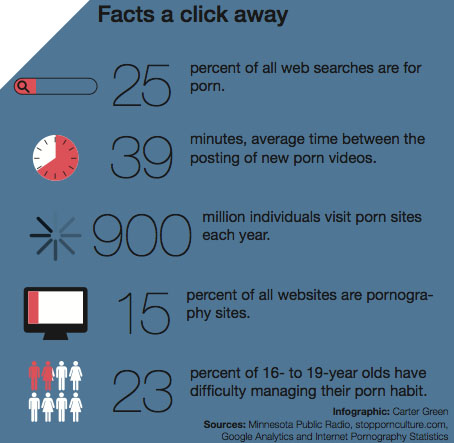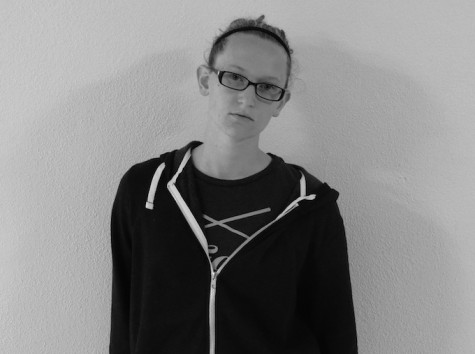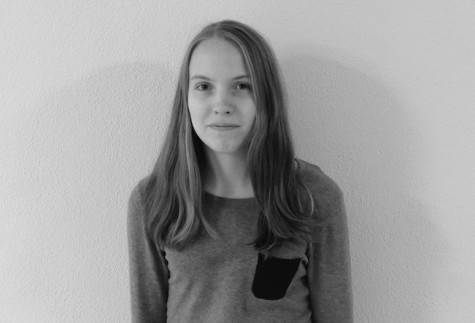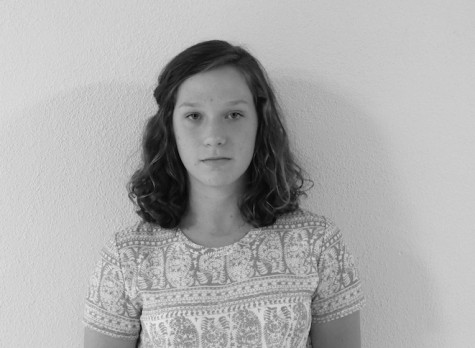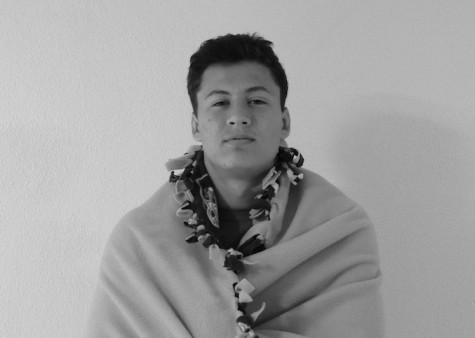Tempted by the internet
New pornography curriculum added to health classes
March 5, 2014
Pornographic content used to be available exclusively in adult magazines and an occasional VHS tape. Now it’s only a click away.
In a study conducted in 2007 at the University of New Hampshire, researchers concluded around 35 percent of children aged 10 to 17 have been exposed to unwanted sexual content.
Marriage and family therapist Elizabeth Griffin, who spent the last 25 years exploring people’s online sexual behavior, said the average age of a person’s first exposure to explicit images is 11-years old. She said age affects how one reacts to seeing pornographic images.
“Having an 11-year old look at pornography that’s on the internet is much different than having an 18-year old look at it,” Griffin said. “An 18-year old can process the experience a little more, and understand the impact a little bit more than an 11-year old.”
Health teacher Allison Luskey said she thinks that young viewership is because of society’s stigmatization of this topic.
“Experts call our society really hypersexualized, but yet there’s a lot not being said,” Luskey said. “Kids are curious, which is totally natural and fine, but when you get curious and no one’s talking to you about it, then it’s only natural for you to go to the internet.”
Cordelia Anderson, who has been working to advocate for sexual health since the 1970s, said porn is very easily accessed online even if it isn’t your goal to see.
“Anyone can access it whether they’re looking or not,” Anderson said. “You can Google just about anything and get images of porn.”
Griffin said she would like to rid parents of the notion that looking at this content is harmless and suggests that what is available on the internet is more explicit than what existed online when they were teens.
“What parents looked at 20 to 40 years ago is much different than kids have access to now,” Griffin said. “I think it’s about realizing that what parents often think about in terms of pornography is at the mild end of what’s out in the internet.”
When it comes to the issue of exposure to pornography, people suggest various ways to reduce its use.
Freshman Abe Rybeck said he thinks responsibility lies with the parents in controlling the content their child views online.
“I think the real problem is parents allowing access to this content,” Rybeck said. “If you didn’t want your kid looking at porn, you shouldn’t have bought them an iPad.”
Meanwhile, Luskey said she thinks responsibility should also lie on the sex industry to make sure underage viewers don’t have access to their content, but doesn’t discount talking about sexuality and pornography.
“If there were more regulations on the porn industry specifically and what is put out there, that could help,” Luskey said. “The most important part is having the conversation about the impact of it and just informing everyone about it.”
Changes in perceptions
Unrealistic standards and a skewed viewpoint as to what a partner should look like are examples of some ways porn can affect perception.
Freshman Audrey Scalici said she is aware those involved in the porn industry work on their body a lot and understands but dislikes these notions.
“The people in the videos have worked on their bodies,” Scalici said. “It’s really fake and their only goal is to look good on video that can be edited, and it’s not the way things are.”
A study conducted by Martin Daubney, a former adult magazine editor, ask the students in a classroom of 20, 14- to 15-year olds in the United Kingdom about how many times they have viewed porn. All admitted to witnessing some form of pornography either by accident or on purpose at some point in their lives.
According to the study, excessive viewing of pornography could not only lead to an addiction to pornography, but also a skewed perception of what a sexual relationship should look like.
According to Anderson, there is a trend in pornography that shows it becoming more forceful, especially toward women.
“The content (of pornography) has far more to do with violence and degradation and humiliation than it has to do with sex,” Anderson said.
Luskey said this trend can change the way gender roles are seen by society in terms of sex.
“(Porn) makes us objectify women, a lot of the porn that’s out there today is more aggressive and more violent and especially degrading toward women,” Luskey said.
According to Griffin, this can stem from the easiness of merely looking at stimulating imagery rather than dealing with a real person in a relationship.
“When you’re looking at pornography, you don’t have to brush your teeth, you don’t have to take a bath, you don’t have to be nice, you don’t have to care about that other person,” Griffin said. “In a relationship it’s a lot of hard work in terms of intimacy and emotional closeness that goes along with the sexuality.”
Anderson said pornography doesn’t only affect those who watch it, but society as a whole.
“We know that even if you’re not a consumer, if you don’t look (at pornography) regularly, that sometimes attitudes, the language and the expectations of those that do can affect others,” Anderson said. “It’s kind of a secondhand effect.”
Hooked on porn
With increased exposure to pornography at an age where the brain’s reward center is not fully developed, the risk of addiction to pornographic material escalates according to Daubney’s study.
Pornography can be as addictive as cocaine, even though it is not a substance, according to Luskey.
“When somebody views porn and is aroused by it, it releases dopamine in the brain,” Luskey said. “Their brain tends to crave more of that dopamine, and it can build a tolerance and needs even more to view even more porn to achieve the same level of pleasure.”
Griffin said she sees online pornography as an outlet for teens with sexual curiosity.
“It’s the perfect storm for adolescents to explore their sexuality in the world of pornography,” Griffin said.
“Even for adolescents exploring their sexuality, who don’t become compulsive, pornography use in general provides unrealistic messages about sexuality.”
A former pornography addict who prefers to remain unidentified said identifying in his addiction was hard.
“I never thought I had a problem to begin with, because it seemed so natural and routine,” he said. “When I did notice it, it frightened me.”
He then said he was mortified by his own addiction.
“My parents started asking me what was going on, and I was searching desperately for a lie to tell them,” he said. “I eventually had to tell them the truth.”
Luskey added pornography is not just a male issue with 28 percent of addicts being female. This is a topic covered in the health curriculum.
The brain’s reward center is fully developed by the time someone reaches their teens, however the area of the brain that regulates this function: the prefrontal cortex has not fully formed. This makes teens unable to control the urge for things that stimulate the reward center, such as porn.
Griffin also explained the symptoms that may indicate an addiction to sexual imagery that include: giving up activities to watch porn, depression or anxiety after looking at this type of content, decline in grades, and increased isolation. If someone exhibits these symptoms, it may be time to seek counselling for the problem of pornography addiction.



